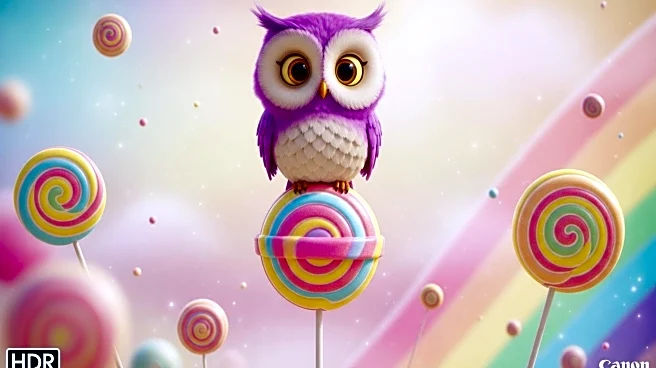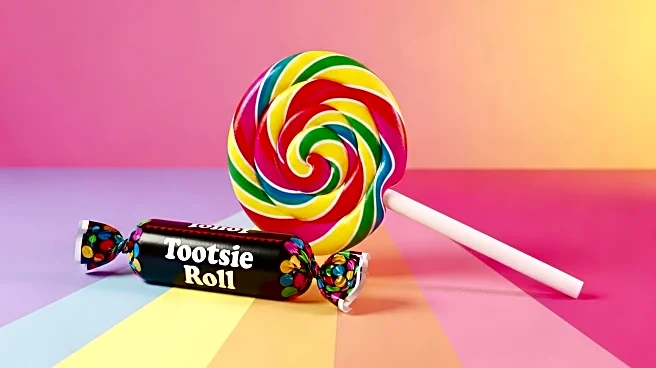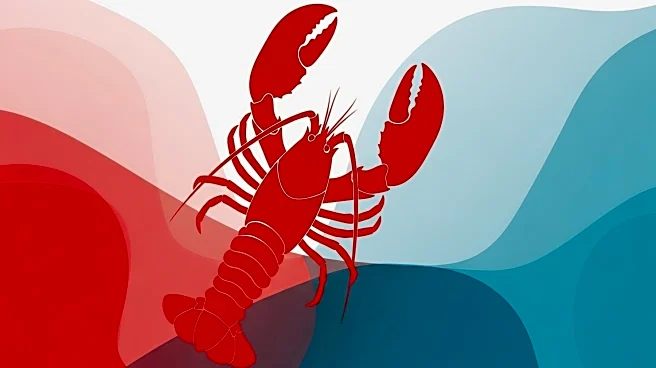What's Happening?
Tootsie Roll has announced the revival of its iconic 'How Many Licks' advertisement, which originally debuted in 1970. The ad has been a staple during Halloween seasons for decades, and the company is now sharpening its classic appeal to engage a new generation of consumers. This move is part of a broader strategy to refresh the brand's image and maintain its relevance in the competitive confectionery market. The updated advertisement aims to blend nostalgia with modern marketing techniques to attract both long-time fans and new audiences.
Why It's Important?
The revival of the 'How Many Licks' ad signifies Tootsie Roll's commitment to leveraging its historical brand assets while adapting to contemporary marketing trends. This strategy is crucial for maintaining brand loyalty and expanding market reach in an era where consumer preferences are rapidly evolving. By modernizing a classic ad, Tootsie Roll can potentially increase its visibility and appeal among younger consumers who may not be familiar with the brand's legacy. This approach also highlights the importance of balancing tradition with innovation in the advertising industry.
What's Next?
Tootsie Roll's decision to update its iconic ad could prompt other legacy brands to reconsider their marketing strategies, potentially leading to a wave of nostalgic yet modernized campaigns. The company may continue to explore additional avenues for brand refreshment, such as digital marketing and social media engagement, to further solidify its presence in the confectionery market. Stakeholders will likely monitor consumer reactions to the ad's revival to assess its effectiveness and inform future marketing decisions.
Beyond the Headlines
The revival of the 'How Many Licks' ad also raises questions about the ethical implications of using nostalgia in marketing. While it can be a powerful tool for brand engagement, it may also risk alienating consumers who prefer more contemporary and innovative advertising approaches. Additionally, the campaign's success could influence cultural perceptions of legacy brands and their role in modern consumer culture.











